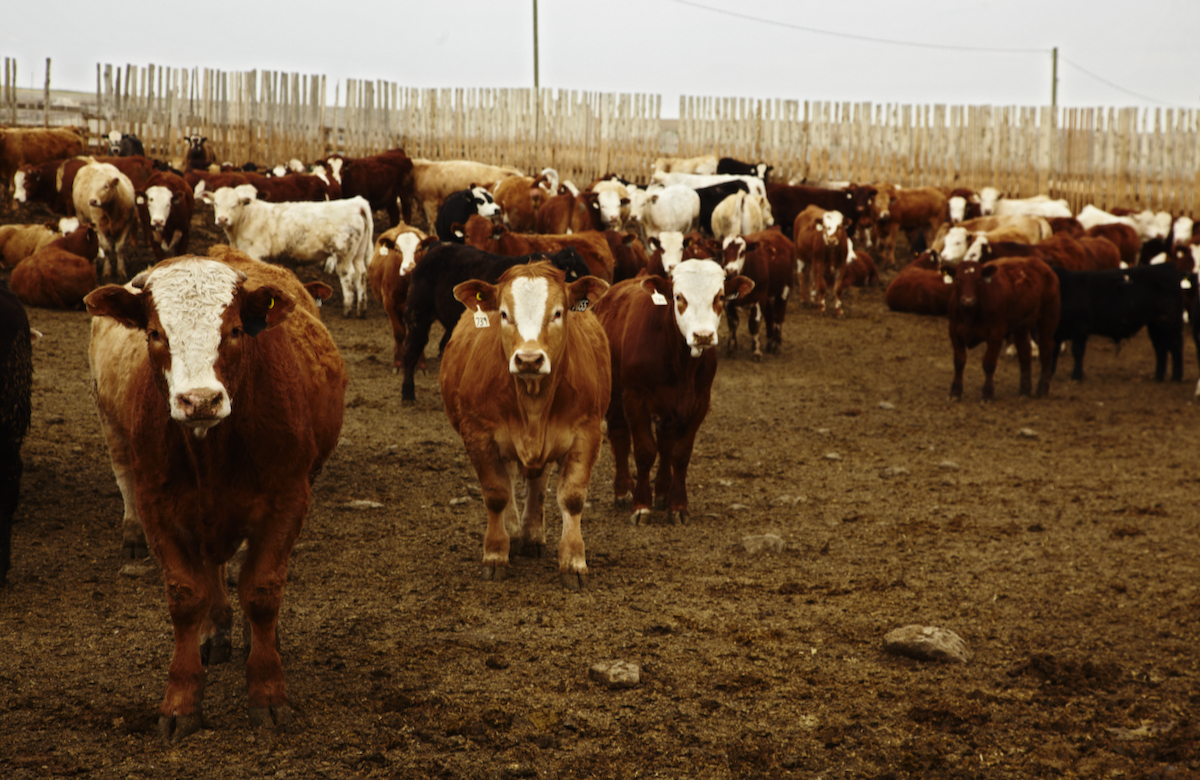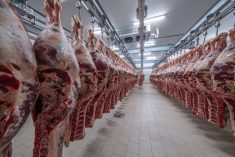The cost burden for cleaning up poultry farms after outbreaks of avian flu shouldn’t be left to affected farmers alone, Saskatchewan’s poultry groups said Tuesday.
The poultry groups, pooling their resources under the banner of the Saskatchewan Poultry Industry Emergency Management Team (SPIEMT), said Tuesday that they had raised $100,000 to help a farmer in southern Saskatchewan with the “prohibitive” costs of cleaning and disinfection after an outbreak of the highly pathogenic H7N3 strain of bird flu.
SPIEMT and the affected farmer now expect the cleanup and disinfection to be complete by the end of January 2008. Only then is the affected producer allowed to restock his barns with new birds.
Read Also

U.S. livestock: Cattle at fresh highs, hogs weaken
Cattle futures on the Chicago Mercantile Exchange climbed to fresh highs on Tuesday, as tight supplies and the ongoing closure…
Canadian Food Inspection Agency staff in October supervised the culling and burial of all 50,000 birds from the affected farm, located between the communities of Regina Beach and Lumsden, northwest of Regina.
Government programs compensate livestock producers for the market value of animals lost to “depopulation” as well as costs related to the cull and burial, but do not cover the cleanup needed to prevent further outbreaks.
SPIEMT said in a release Tuesday that it would like to see “additional discussions” between industry and government on covering these costs.
“The Health of Animals Act assists farmers, to some degree, reclaim some costs from the destruction of their animals,” said Joy Smith, general manager of Saskatchewan Egg Producers.
“But that’s not where the eradication process ends. Ensuring that the infected premise is appropriately cleaned and disinfected is critical to ensuring confidence in both government and industry biosecurity systems, and should be a shared responsibility.”
The $100,000 from SPIEMT was an ad-hoc measure to help the affected farmer right away, said SPIEMT co-chair Clinton Monchuk, CEO of the Chicken Farmers of Saskatchewan.
“But we hope that in future, we can work with both provincial and federal governments to come to a co-operative approach to ensuring that animal disease emergencies are effectively dealt with, from start to finish.”
The H7N3 virus affects birds but not people. It’s not related to the H5N1 strain, blamed for the deaths of dozens of people overseas who caught it from contact with infected birds, most recently in Pakistan where at least two people in the Peshawar area were reported to have died of H5N1 last week after a series of H5N1-related poultry culls.
Health officials worldwide are tracking H5N1, citing fears it may mutate into a form that people can catch from other people, and thus spur a pandemic.















